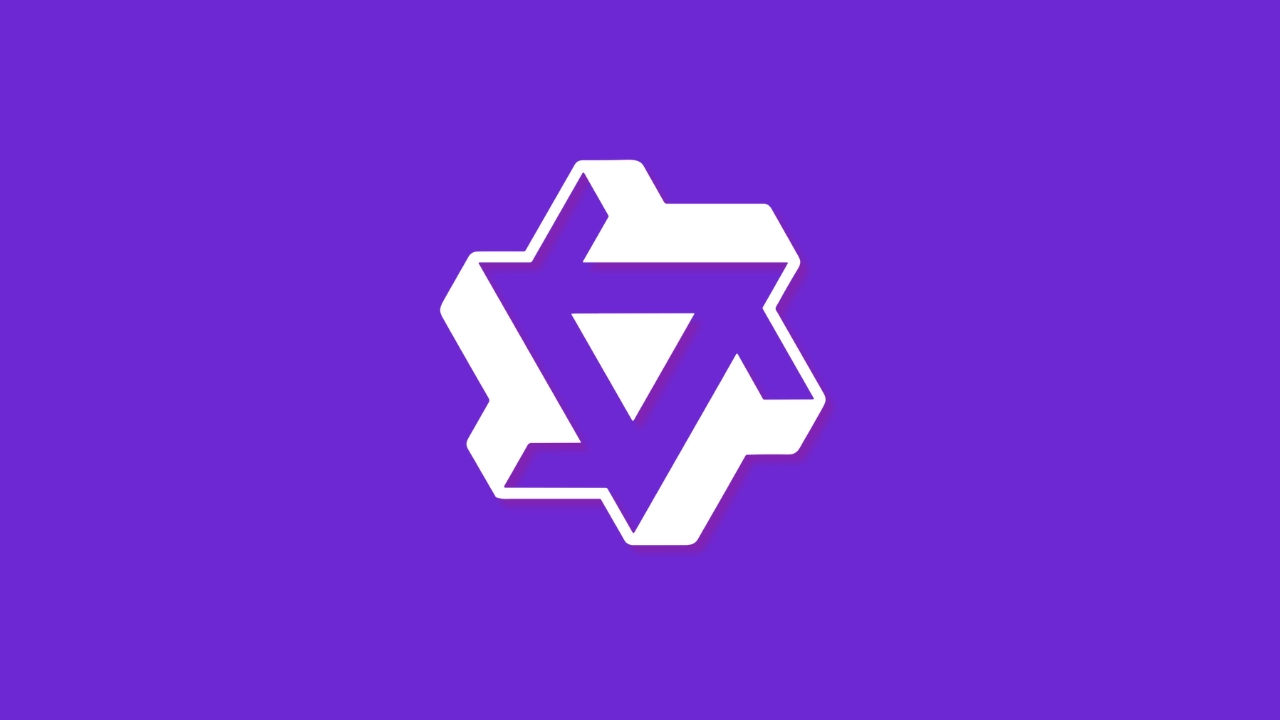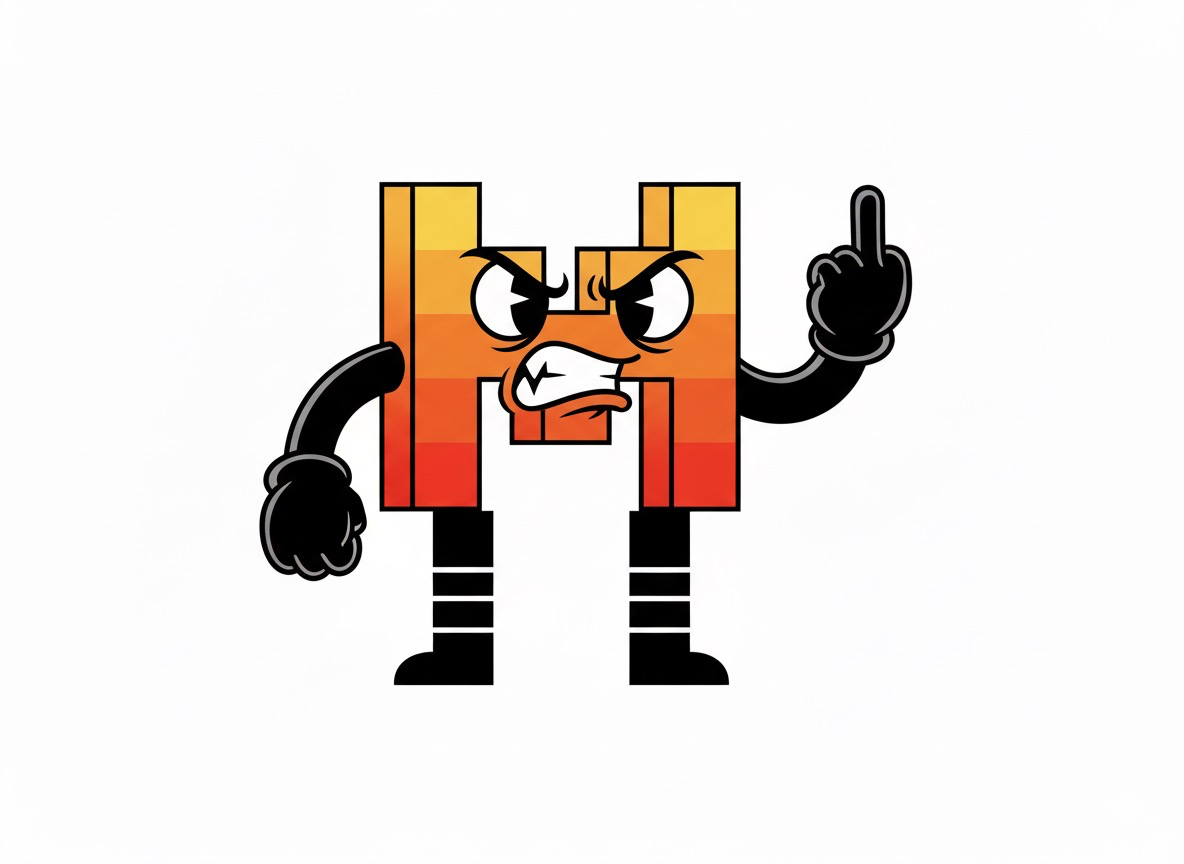
When Open AI Goes Corporate: HuggingFace's Storage Cap Sparks a Developer Exodus
The unlimited era ends at HuggingFace as public storage gets capped, free users limited to 5TB, teams maxing at 12TB, signaling a maturity crisis in open AI infrastructure.
The dream of unlimited, free AI model hosting just hit a reality check. HuggingFace’s newly enforced storage limits ↗ mark the end of an era where developers could upload petabytes of models without worrying about the bill. The move feels inevitable, like watching a beloved startup graduate from disruptive upstart to cost-conscious enterprise.
Here’s the new math: free users now get “best-effort” storage up to 5TB, PRO users cap at 10TB, and team organizations max out at 12TB base plus 1TB per seat. Enterprise customers can still dream big with 500TB base. The “best-effort” language translates to “don’t push it unless your work is impactful”, a subjective standard that’s already causing tension in developer communities.
The Infrastructure Bill Comes Due
| Type of account | Public storage | Private storage |
|---|---|---|
| Free user or org | Best-effort* usually up to 5 TB for impactful work | 100 GB |
| PRO | Up to 10 TB included* ✅ grants available for impactful work† | 1 TB + pay-as-you-go |
| Team Organizations | 12 TB base + 1 TB per seat | 1 TB per seat + pay-as-you-go |
| Enterprise Organizations | 500 TB base + 1 TB per seat | 1 TB per seat + pay-as-you-go |
The numbers tell a story of exponential growth meeting financial reality. Private storage now costs $25/TB/month ↗ beyond basic allowances. For an organization hosting dozens of model variants and datasets, that’s thousands per month for what was once free.
Developers on forums are grappling with the new limits. One user reported seeing “35.6 GB/-146.14 GB” ↗ in their storage dashboard, highlighting confusion around the new quota system. While some display issues were quickly resolved, the underlying policy shift remained.
The economics make sense when you consider what HuggingFace has been storing. As one developer noted, “Some of the stuff they had to store, and backup over multiple instances, for free, was crazy. All of the GPT 2 finetunes!” The platform became a digital packrat’s paradise, with redundant model variants and questionable experiments consuming resources.
The Quantization Conundrum
Consider the case of one prolific contributor who maintains collections like Thireus/collections ↗, hosting 58 different quantized versions of models like Kimi-K2 and Deepseek. This pattern, creating dozens of specialized model variants, exemplifies why unlimited storage couldn’t last.
The platform acknowledges this challenge directly, stating that if you plan “on uploading a large number of smaller sized models (for instance, hundreds of automated quants) totalling more than 1TB, you will need to ask us to grant more storage.” The days of automated quantization pipelines dumping endless variants are numbered.
This hits the open-source AI ecosystem where it hurts most. Quantization specialists who enable wider model access by creating smaller, more efficient versions now face storage calculus. Do you maintain every 2-bit through 8-bit variant, or cherry-pick the most useful combinations? The economics of experimentation just got more constrained.
Infrastructure Realities Behind the Curtain
HuggingFace’s infrastructure can’t ignore physics forever. Their documentation reveals the practical constraints: repositories work best under 300GB, files should be chunked into 20GB pieces, and folders shouldn’t exceed 10,000 files. These aren’t arbitrary limits, they reflect the reality of distributed systems and content delivery networks.
The company has been transparent about optimizing infrastructure ↗ to handle scaling challenges, including their acquisition of XetHub to improve large-scale data management. But acquisitions don’t solve fundamental economics, storage costs money, bandwidth costs money, and maintaining multiple replicas for reliability costs even more.
The “generous free storage space” language in their documentation now reads like a euphemism for “we’re trying our best, but please upgrade if you’re serious.”
Who Gets to Be “Impactful”?
The most controversial aspect might be the subjective standard for exceptions. HuggingFace states they “work with impactful community members to ensure it is as easy as possible for them to unlock large storage limits.” But “impactful” remains undefined, leaving smaller projects and experimental work in limbo.
This creates a Matthew effect in AI development: those with established reputations and high download counts get more resources, while newcomers struggle to gain traction within tighter constraints. The community’s reaction has been mixed, some understand the business realities, while others worry about the chilling effect on innovation.

The Coming Storage Optimization Gold Rush
Developers are already adapting. The platform recommends techniques like merging JSON files into JSONL, using Parquet formats, and employing WebDataset formats for efficiency. The “super_squash_history ↗” operation, which compresses entire Git histories into single commits, will become a standard tool for reclaiming storage from abandoned experiments.
We’re entering an era of storage-conscious AI development. Instead of uploading every training checkpoint, developers will need to be strategic about what’s worth preserving. Model versioning will face new scrutiny, and the practice of keeping multiple quantization variants may need rethinking.
The Broader Market Shift
HuggingFace’s move reflects a broader industry realization: AI infrastructure isn’t cheap, and the “everything free” model of the early internet doesn’t scale when files regularly exceed 50GB. Other platforms will likely follow suit, forcing a reevaluation of how open-source AI projects handle storage and distribution.
This could spark innovation in distributed storage solutions, peer-to-peer model sharing, or more efficient compression techniques. But in the immediate term, it means more friction for developers already grappling with complex AI workflows.
The unlimited storage era taught us that when something appears free, we’ll find ways to consume it exponentially. Now we’re learning that exponential consumption eventually demands exponential funding. HuggingFace’s storage cap isn’t just a policy change, it’s a sign that open AI infrastructure is growing up, and adulthood comes with bills to pay.
For developers, the message is clear: the party’s not over, but you might need to chip in for the snacks.



